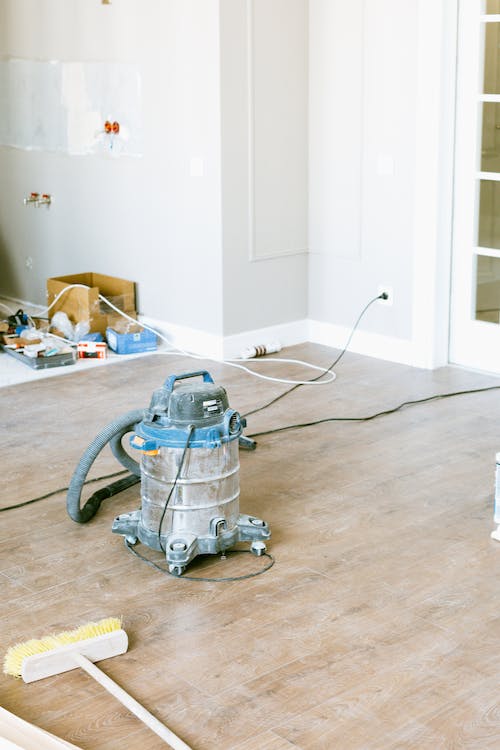Discover How Much You Can Borrow with a Home Improvement Loan
A home improvement loan serves as financial aid to fund renovations and refurbishments in your home or property. When you plan to revamp your kitchen completely or replace the flooring throughout your house, the financial commitment can be considerable, irrespective of the urgency of the project. Thankfully, there is a myriad of home improvement loan types available in New York, each offering varying borrowing limits and terms depending on your choice of loan product.
Exploring the Borrowing Capacity of Home Improvement Loans Estimating the cost of a large-scale project might seem challenging, but it’s crucial to ensure you can borrow the necessary funds to avoid leaving the project incomplete, which could lead to inconvenience and frustration.
The borrowing limit of a home improvement loan is influenced by the specific type of loan you apply for:
- Home equity loans and Home Equity Lines of Credit (HELOCs) depend on your property’s worth, allowing you to borrow a certain proportion of the equity you’ve accumulated in your home.
- Personal loans, which are often unsecured, can also be used for home renovations. The borrowing limit for these loans is usually determined by your personal credit standing.
- Federal Housing Administration (FHA) 203(k) loans, also known as mortgage rehab loans, provide you the benefit of borrowing for both your home’s mortgage and the required renovations in a single loan agreement.
As a general guideline, you may find it difficult to borrow more than 80-90% of your property’s value to finance renovation costs. Personal loans usually offer a lower limit, often capping at $100,000.
Expected Loan Amounts for Home Improvements Home improvement loans generally range from $1,000 for minor projects up to $100,000 for large-scale renovations. Although you might require exceptional credit or a guarantor to qualify for larger loans with competitive rates, remember that secured loans tied to your home’s value — such as a home equity loan — can exceed these limits.
The cost of some projects may be relatively predictable, such as roof or HVAC replacements. However, other renovations can vary widely depending on your budget and personal preferences.
Factors Affecting Your Borrowing Limit Your borrowing limit will depend on several variables, including the type of loan you’re applying for. Government loans often come with stricter requirements compared to private lenders. Typically, the amount you can borrow is determined by:
- The type of loan.
- Your home’s current market value.
- Your location.
- Your personal financial situation.
When lenders assess your personal finances, they will primarily consider your debt-to-income (DTI) ratio and your credit score.
Alternative Options to Home Improvement Loans While a home improvement loan may appear attractive, it might not be the best fit for your particular situation. If the interest rates on mortgages have fallen since you first borrowed for your home, a cash-out refinance could provide lower rates and more appealing terms than a separate loan for your renovation project.
You may also consider saving up for the renovation costs if your project isn’t urgent. For example, if you plan to modernize your vintage bathroom, you might opt for disciplined budgeting and save up your annual bonuses or tax returns, rather than borrowing the funds. As with all borrowing, home improvement loans come with fees and interest, indicating that the money is not free, but borrowed at a cost.
Exercising Caution with Borrowing Amounts As with any credit, you should be cautious about how much you borrow with a home improvement loan. Before embarking on a renovation project, use a loan calculator to estimate your prospective monthly payments. It’s important not only to avoid borrowing more than what your property is worth (or expected to be worth) but also to ensure your monthly repayments are manageable.
Furthermore, setting a project budget can help you estimate how much you’ll need to borrow and plan for the total cost of your renovation, avoiding the scenario of running out of money midway through the project.






